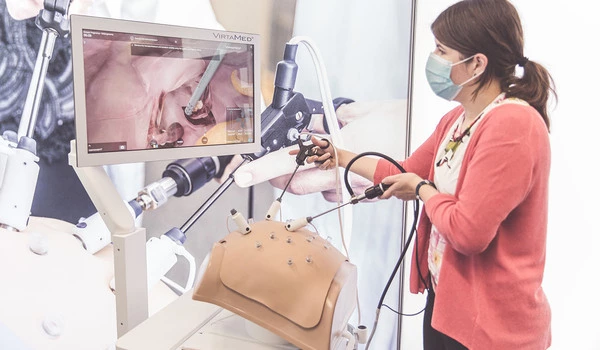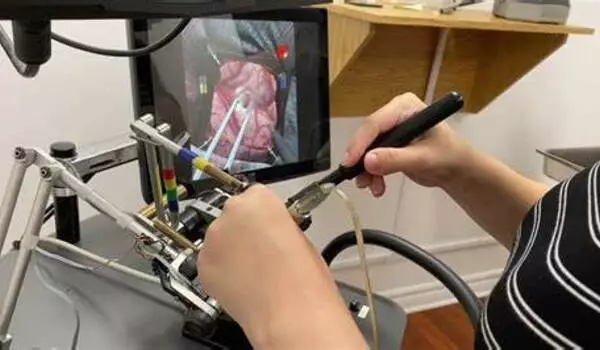Assessing unintended outcomes in AI-based neurosurgical training is critical to ensuring the technology’s safety, efficacy, and ethical application. While AI has the potential to improve skill learning and decision-making in neurosurgical training, it may also have unforeseen repercussions.
According to a new study, human education is still required to detect and mitigate for unforeseen, and sometimes harmful, changes in neurosurgical behavior following virtual reality AI training. This conclusion has ramifications for various areas of education.
Virtual reality simulators can help learners develop their technical abilities more quickly and without putting patients at danger. In the field of neurosurgery, they let medical students to perform intricate operations before using a knife on a real patient. When integrated with artificial intelligence, these tutoring systems may provide individualized feedback like a human instructor, pinpointing areas where pupils need to develop and giving ideas on how to achieve expert performance.
A new study from McGill University’s Neurosurgical Simulation and Artificial Intelligence Learning Centre, however, shows that human instruction is still required to detect and compensate for unintended, and sometimes negative, changes in neurosurgeon behavior after virtual reality AI training.
Intelligent tutors powered by AI are becoming a valuable tool in the evaluation and training of the next generation of neurosurgeons. However, it is essential that surgical educators are an integral part of the development, application, and monitoring of these AI systems to maximize their ability to increase the mastery of neurosurgical skills and improve patient outcomes.
Rolando Del Maestro
In the study, 46 medical students performed a tumour removal procedure on a virtual reality simulator. Half of them were randomly selected to receive instruction from an AI-powered intelligent tutor called the Virtual Operative Assistant (VOA), which uses a machine learning algorithm to teach surgical techniques and provide personalized feedback. The other half served as a control group by receiving no feedback. The students’ work was then compared to performance benchmarks selected by a team of established neurosurgeons.
Comparing the results, AI-tutored students caused 55 percent less damage to healthy tissues than the control group. AI-tutored students also showed a 59 percent reduction in average distance between instruments in each hand and 46 percent less maximum force applied, both important safety measures.
However, AI-taught children also demonstrated some unfavorable results. For example, their dominant hand movements had 50% lower velocity and 45% lower acceleration than the control group, making their processes less efficient. The pace with which they eliminated tumor tissue was also 29% slower in the AI-tutored group than in the control group.
These unexpected consequences highlight the significance of human instructors in the learning process in order to promote student safety and efficiency.

“AI systems are not perfect,” says Ali Fazlollahi, the study’s first author and a medical student researcher at the Neurosurgical Simulation and Artificial Intelligence Learning Centre. “Mastery will still necessitate some level of apprenticeship from an expert. Learners will be able to monitor their competency and focus their intraoperative learning time with instructors more efficiently and on their unique personalized learning goals in programs that use AI. We’re currently doing a crossover trial to discover the best hybrid form of instruction.”
According to Fazlollahi, his discoveries go beyond neurosurgery because many of the same principles are used in other domains of skill acquisition.
“This includes surgical education, not just neurosurgery, and also a range of other fields from aviation to military training and construction,” he said. “Using AI alone to design and run a technical skills curriculum can lead to unintended outcomes that will require oversight from human experts to ensure excellence in training and patient care.”
“Intelligent tutors powered by AI are becoming a valuable tool in the evaluation and training of the next generation of neurosurgeons,” says the study’s principal author, Dr. Rolando Del Maestro. “However, it is essential that surgical educators are an integral part of the development, application, and monitoring of these AI systems to maximize their ability to increase the mastery of neurosurgical skills and improve patient outcomes.”
















